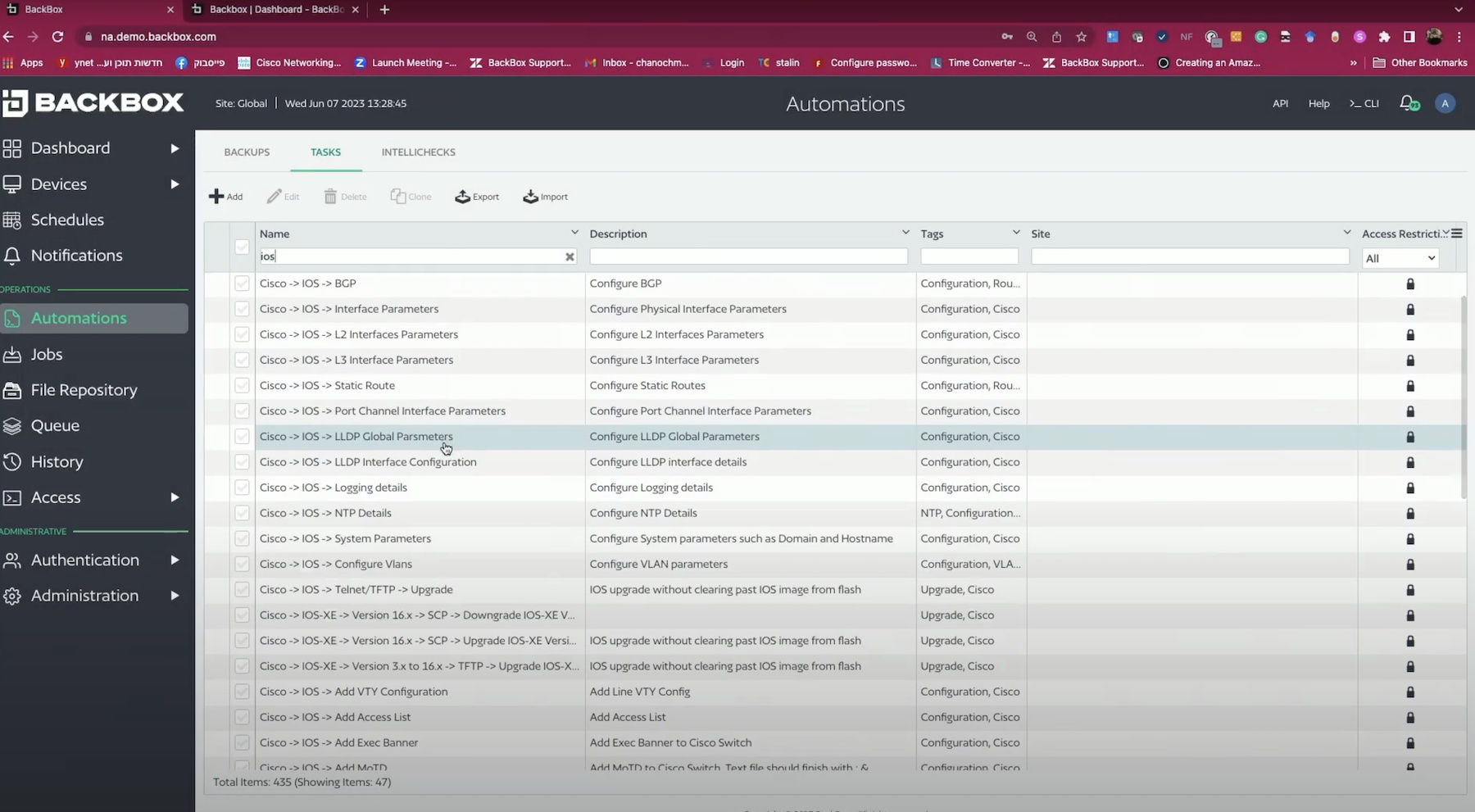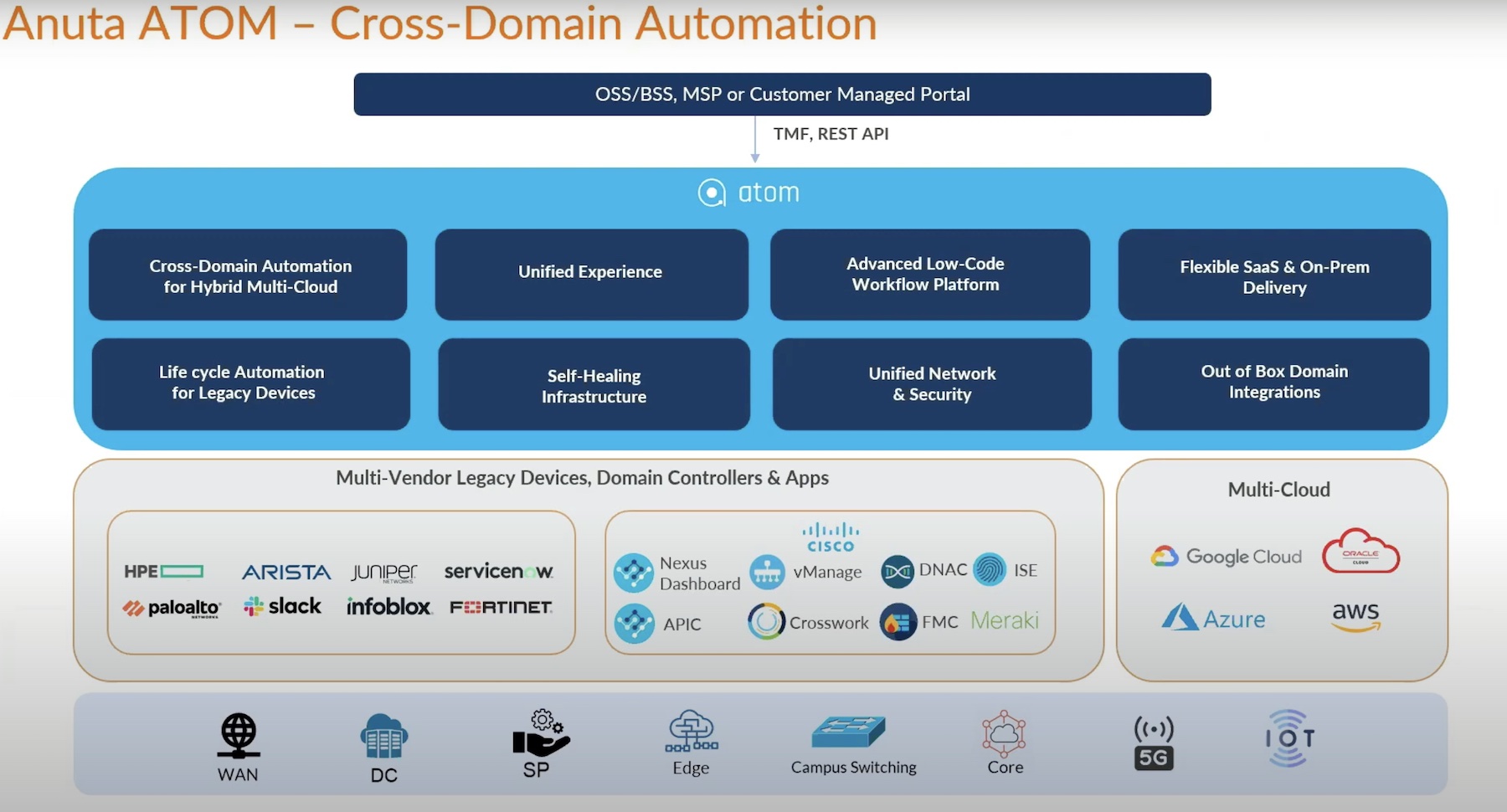How many times have you started a network automation project only to get stymied by the technical debt of your organization? The answer is probably “too many times”. That’s because the accumulation of technical debt in the modern enterprise continues to create issues with the best laid plans of engineers and DevOps wizards alike.
Technical debt can take many forms. In the network it’s not uncommon to find multiple different switch manufacturers deployed across an environment. You could have devices from one vendor installed in the core of the network and the data center. At the edge you could find switches with completely different capabilities and operating systems. And depending on when they were installed and by whom you could find completely different base configurations. It’s also not uncommon to find differing versions of software, even among similar vendor types. Switches in one branch office may be one or two revisions behind the corporate standard based on availability or likelihood of being replaced at the next refresh.
It’s important to have some kind of standard for your devices in the organization in order to ensure that everyone is starting from the same place in order to build out automation projects. It’s also critical to be able to manage those devices so out-of-date software doesn’t lead to a potential compromise of your network down the road. You need to have a partner that allows you to start from a gold standard if you hope to succeed.
Hopping In With Pica8
I had a chance recently to talk with Jeff Paine of Pica8 about what they’ve been working on to help with these thorny technical debt issues. Pica8 sells PICOS, a Linux-based third party network operating system. Rather than getting Cisco IOS or Arista EOS with your new hardware purchase, you can instead install PICOSÒ on supported systems, both new and old. PICOS has a ton of great features that you would expect to find in an enterprise network operating system. That’s just table stakes if you’re hoping to displace IOS or EOS. Where PICOS shines is when you start to tie everything together.
PICOS is heavily integrated with Ansible for starters. This means that you can define playbooks to configure your devices as soon as they are booted. That means an end to the technical debt that comes from having different teams cutting and pasting configurations between telnet windows in the hopes that you remembered to change all the interface IP addresses this time. That means consistency. It also means that changes that need to be made to the entire organization, such as interface descriptions or password management, can be made in one place and provisioned instantly.
PICOS also allows you to make regional configurations as well. That means you can have specific naming conventions based on geography without needing to worry about creating “unicorn” configurations. Everything can still be managed from one central location. That reduces the amount of time your entry-level and mid-tier technical talent spend on the CLI.
Making Your Pika Nymble
But Pica8 didn’t just stop there. They have decided that they need to may PICOS more friendly to people trying to understand the hectic dark arts of automation. And that’s why their newest announcement comes into play.
Nymble is the automation framework that leverages Ansible AWX to provide a native-English interface for automation tasks. Half the time we run into a problem in IT we have to spend our time translating the issue into something easy for our tools to understand. You know what you want to do in your head, for example “List all VLANS in use across the organization”, but translating that to Python or some other scripting language takes the bulk of your time.
Nymble changes this by allowing you to specify your first thought as the root of the automation task. Nymble understands plain English and translates it into Ansible playbooks. The components of Nymble allow you to manage your switch configurations but also allow you to manage more difficult aspects like OS images and licenses. Honestly, if you’d have given me a tool like Nymble back when I was a network administrator and told me that I could look up the license status of my managed devices I probably would have hugged you. These kinds of basic paperwork problems are easily solved by forethought and the right application of tools. And Pica8 is giving you this power in an easy-to-use dashboard!
Pica8 PICOS isn’t just for old devices either. They’re supporting all the newest hardware coming from Broadcom, like Tomahawk 3. And I’m sure that your network vendor has been touting the features of Tomahawk 3 to you, even if they haven’t told you that the chips are Broadcom under the label they put on them. Because Pica8 works with Broadcom to certify on their platform you can guarantee that PICOS will work with any of those chipset you happen to purchase, whether they come from an ODM or a traditional vendor.
Bringing It All Together
At this point in time, there are things that are considered table stakes for the NOS market and there are things that should be considered table stakes. I feel like we’re past the point of hoping that protocols like BGP and 802.1q are supported. That’s easy. But the things that should be table stakes are more important. That includes integration with automation frameworks like Ansible and the ability to manage your entire switching environment from one dashboard. If we concentrate on making these the important things in our networks you’ll find the world is a much cleaner place. And having a company like Pica8 already on board means they have the opportunity to build the gold standard for how a NOS vendor should do it.




